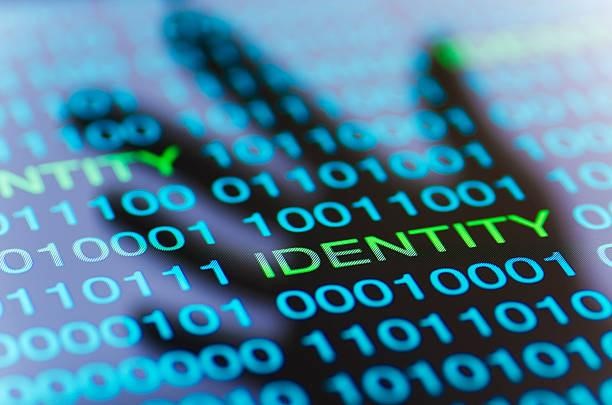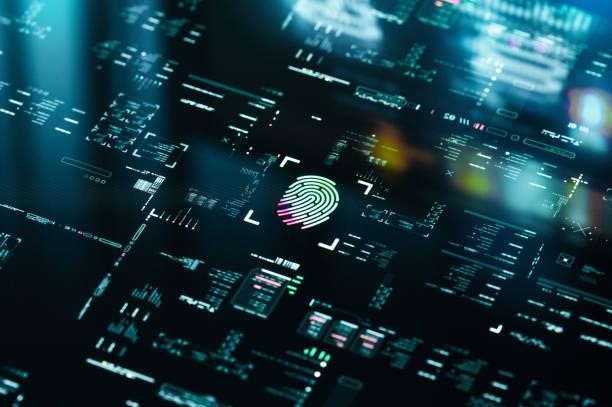In a further digital realm, safeguarding individual data has become a pivotal concern. Pilfering identities, infringements of information, and cyber deceit are on the rise. This underscores the significance for individuals to comprehend the specifics of fortifying identity and the authentication techniques. Authentication techniques enhance your online security.
Continue reading this article to gain more insight on identity protection.

The Significance of Identity Protection
Preserving who you are exceeds mere safeguarding of certain passcodes. It encompasses a comprehensive approach to defend private data. Your online identity includes your social security number, financial information, internet conduct, and physiological data.
The rise of online transactions, social media, and interconnected systems has made protecting your identity more complex and crucial than ever. The identity verification process has become a vital part of this situation.
Stealing personal information can result in serious consequences. Such consequences include financial loss, damaged credit, and potential legal issues. Implementing strong identity verification methods is necessary to reduce these risks and guarantee a safer internet space for people and companies.

Understanding Verification Processes
Verification techniques are the instruments employed by entities, enterprises, and web platforms to authenticate the identity of individuals utilizing their services. These methods prevent unauthorized access and allow only validated users to access certain data and activities.

Types of Verification Processes:
1. Knowledge-Based Verification (KBV):
Knowledge-Based Verification (KBV) is a pivotal facet of identity validation procedures, notably within cyber safeguards and fiscal dealings. It functions on the premise that persons harbor distinctive private insights. Such insights solely pertain to them, thereby serving as a sturdy method of affirming one’s identity.
Practically, KBV encompasses the creation of particular, individualized inquiries derived from an individual’s past and confidential particulars. These inquiries delve into an array of private insights. Examples are former residencies, financial records, or additional complex particulars associated with an individual’s existence.
The responses to these inquiries are an authentication technique to validate the individual’s identity under scrutiny.
2. Biometric Verification:
Biometric authentication embodies a state-of-the-art approach to affirming identity. It does this by harnessing exclusive corporeal attributes distinctive to every person. This procedure encompasses diverse organic qualities such as dermal ridge patterns, visage attributes, ocular imprints, vocal authentication, and behavioral traits like walking style or keystroke cadence. Each attribute is an individualized recognizer, contributing to an exceedingly secure and dependable authentication method.
Fingerprints, one of the earliest and widely known biometric markers, require scanning the distinct designs on a person’s fingertips. The design is then checked against saved records to verify identity. Facial identification uses the unique traits of a person’s face, marking important points and features for comparison and recognition. Iris scans record the detailed designs inside the eye, especially the colored area around the pupil, to verify identity.
3. Two-Factor Authentication (2FA):
Two-factor authentication (2FA) serves as a crucial safeguarding measure that markedly boosts the security of digital engagements. It does this by demanding users to furnish two disparate forms of identity authentication before allowing entry to an account or system. This approach functions as a supplementary tier of security, surpassing the typical username and password amalgamation.
The basic idea behind 2FA is using two different kinds of ID elements: something the user remembers and something the user has. Normally, the “something the user remembers” part includes a secret code or a Personal Identification Number (PIN). Also, it has to be a knowledge-based element specific to the user. The “something the user has” part involves a physical object, like a phone, a token, or a smart card. The object role is to create or get a one-time code or authentication request.
The Future of Identity Protection
As technology continues evolving, the methods to authenticate identities also evolve. In the future, protecting identities might encompass a broader application of biometrics, machine learning, and artificial intelligence to augment security.
- Biometrics Advancements: Employing corporal traits for verification may grow more widespread as facial recognition, fingerprint scrutiny, and even the prospect of DNA-based validation persist in progressing.
- AI-Powered Solutions: Artificial Intelligence will play a substantial role in identifying and predicting potential perils. Cognitive systems will improve in detecting anomalous behaviors or patterns immediately, thereby enhancing security.
- Decentralized Identity: Individuals’ management of private information, termed decentralized identity, could emerge as a prevailing tendency. Blockchain technology might aid individuals in managing and validating their identities without necessitating central authorities.
Best Practices for Identity Protection
- Use Strong, Unique Passwords: A sturdy passphrase necessitates length and encompasses an assortment of alphabets, numerals, and distinctive characters. Utilizing a password custodian can assist in crafting and securely storing elaborate passkeys.

- Enable Two-Factor Authentication: Two-factor authentication (2FA) increases security, notably lowering the chance of unauthorized entry, even if your password is exposed.
- Regularly Monitor Financial Accounts: Frequently examining your financial statements, credit card transactions, and credit assessments helps detect dubious behaviors at the outset.
Conclusion
Safeguarding who you are is not a choice but a must in our linked digital world. Grasping the confirmation methods and using top methods strengthens personal safety.
As technology advances, the evolution of preserving one’s identity will continue adapting to novel challenges and perils. Remaining cognizant and proactively employing secure approaches will be pivotal in defending our identities and personal information.
Ultimately, a comprehensive approach to securing identity encompasses vigilance, education, and implementing robust security measures.
